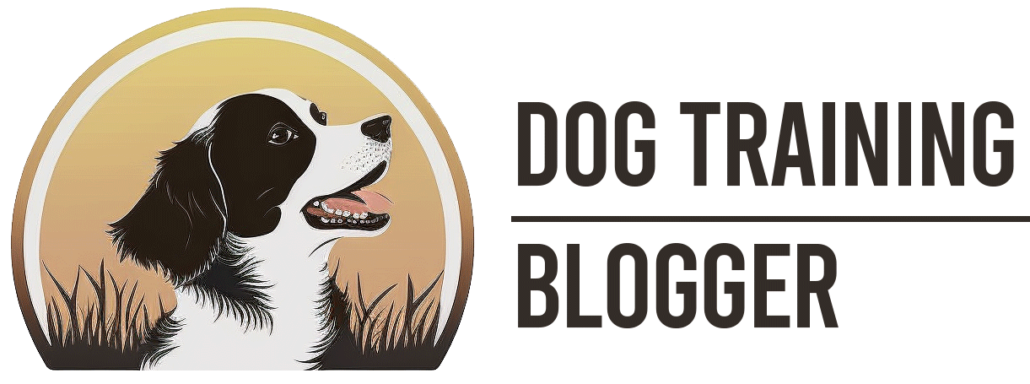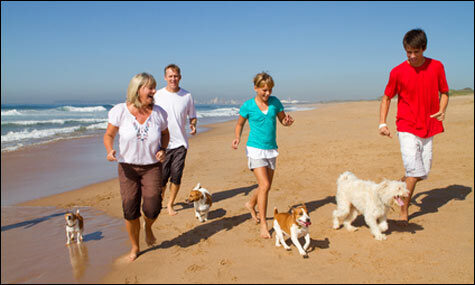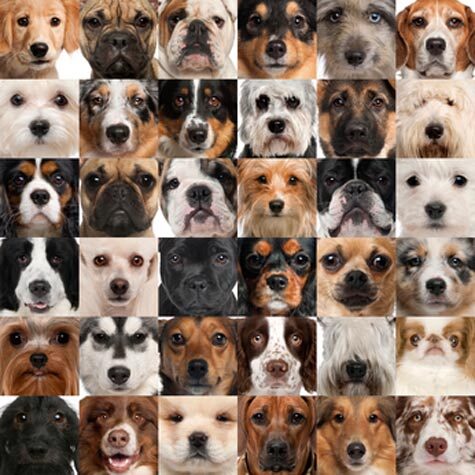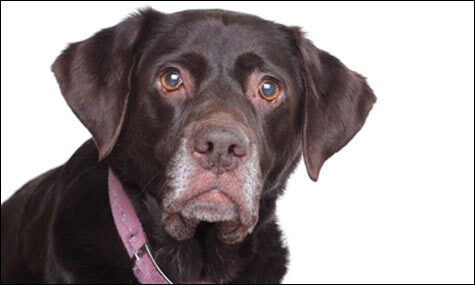My Dog Has A Toilet Paper Problem

Have you ever come home and discovered that your dog has toilet-papered your house? More than a few dog owners have dogs that seem to have a toilet paper fetish. They love to grab the toilet paper in the bathroom and then race around the house with hit, seeing how far they can go. Or, some dogs will park themselves in the bathroom at the roller and just roll it with their paw, watching it pile up in the floor. Other dogs, perhaps less creative, will try to bite the toilet paper off the roll. Why do they do that?
Well, the short answer seems to be boredom. Dogs play with toilet paper because they get bored. Perhaps they think you’ve attached a little toy machine with paper products in the bathroom. They already think the bathroom is the most interesting room in the house — next to the kitchen, of course. They find nearly everything in the bathroom exciting, from the flushable water fountain (the toilet), to the fatty snacks you leave lying around for them (the soap). Of course the little squares of paper must be for doggy games.
There are a lot of dogs that eat toilet paper and other paper products. Dogs will also eat paper towels, if you haven’t already discovered that fact. No one is quite sure why dogs eat paper products. They don’t have fat or grease in them, like soap. They probably don’t taste very good. Yet, dogs still eat them.
Dogs also love to decorate with paper products which suggest that they may have a hidden artistic side. Ask any owner who has found her home draped in toilet paper. Dogs even like to take the paper products outside where they can paper the yard.
The only real way to stop these toilet paper sprees is to keep your bathroom door firmly closed in order to keep your dog away from the toilet paper. Keep your paper towels up where the dog can’t reach them.
The veterinary term for eating strange objects — paper, rocks, rubber bands, string, clothing, socks and even feces — is pica, and there are lots of dogs who do this. Dogs usually outgrow the behavior by the time they’re about two years old. In adult dogs it can be related to stress, diet, diabetes, intestinal cancer, and the need for attention.
Keep in mind that if your dog consumes a great deal of toilet paper or paper towels it is possible that he could develop a gastrointestinal blockage that would entail an emergency visit to the vet. This can be quite serious. So, please do keep the paper products away from your dog. This habit is more than just annoying; it can be very bad for your dog’s health.
If your dog continues to eat paper products you may want to mention the problem when you take your dog in for his regular check-up at the vet. Your vet may be able to find out if there is any physical cause for the problem. In all likelihood it is a behavior issue. Playing with paper products and eating this is said to be a behavioral issue in 90 percent of all cases.
Have you solved the toilet paper problem at your house? Tell us how you did it.
Until next time…….







